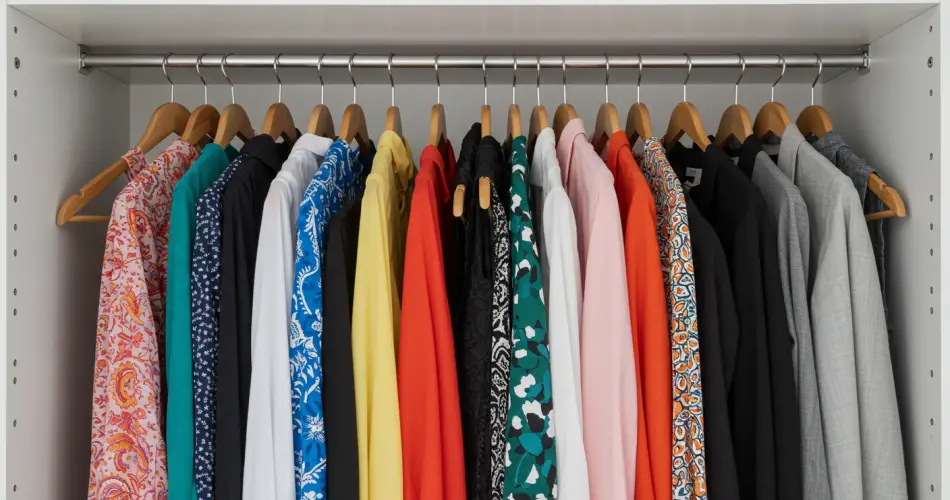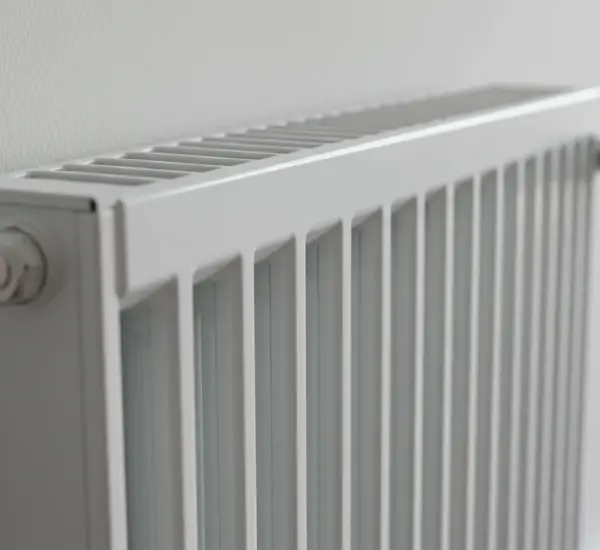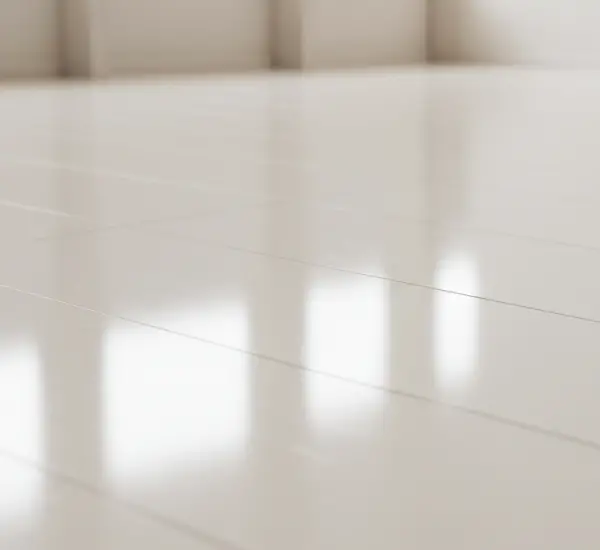Activated charcoal, often associated with detox diets or digestive health, is a remarkably versatile substance that can also be used to solve common household problems. Affordable, easy to find, and completely natural, activated charcoal has a powerful ability to absorb odors, purify air, and even prevent mold. Let’s explore what it is, how it works, and why it deserves a permanent place in your home.
What Exactly Is Activated Charcoal?
Activated charcoal, sometimes called activated carbon or vegetable charcoal, is a porous black material derived from burning organic materials—usually wood, coconut shells, or peat—at very high temperatures without the presence of oxygen. This special process creates a network of tiny pores that dramatically increase the surface area of the charcoal, allowing it to trap and hold toxins, gases, and odors.
Because of its incredible absorbent properties, activated charcoal has long been used in medicine and pharmaceuticals. It’s often prescribed to treat poisonings, digestive issues, or bloating, and it’s also a common ingredient in detox supplements. It typically comes in powder or tablet form, and it’s both tasteless and odorless.
But its usefulness doesn’t stop at health and wellness. Activated charcoal is just as effective around the house—especially when it comes to fighting unpleasant odors and moisture.
Activated Charcoal vs. Household Odors
One of activated charcoal’s greatest strengths is its ability to capture and neutralize odors instead of simply masking them. Its porous structure works like a sponge, trapping odor molecules and keeping the air fresh.
That’s why it’s already used in many commercial products. Cat litters, for instance, often contain activated charcoal filters to prevent the spread of bad smells. Shoe insoles made with activated charcoal also help keep footwear odor-free, especially after long use.
You can use the same principle at home. Two of the most common sources of persistent smells are the refrigerator and the bathroom—and activated charcoal can easily tackle both.
Eliminating Odors from the Refrigerator
Food storage inevitably leads to smells, especially when strong or spoiled items linger inside the fridge. Activated charcoal can absorb these odors quickly and naturally.
Here’s how to use it effectively:
-
Clean your refrigerator first. Remove any spoiled food and wipe down the surfaces with a mild detergent or a mix of water and baking soda.
-
Place a bowl of activated charcoal inside. You can use either powder or small pellets. Leave the bowl uncovered so that the charcoal can fully absorb odors.
-
Let it sit for several hours or overnight. By the next day, you’ll notice that the unpleasant smells are gone, leaving your fridge fresh again.
Repeat this process once or twice a month, replacing the charcoal when it loses its effectiveness.
Freshening Up the Bathroom
Bathrooms are another place where odors and humidity tend to linger. Activated charcoal can be used here in the same way as in the fridge. Simply place one or two small bowls filled with charcoal on a shelf or near the sink and toilet.
If your bathroom is large or poorly ventilated, use multiple bowls to ensure complete coverage. The charcoal will continuously absorb moisture and neutralize bad smells. Replace it every few weeks to maintain the effect.
You can also use activated charcoal in wardrobes or closets, especially older wooden ones that might smell musty or damp. Place a small container or fabric pouch filled with charcoal inside the closet. To make the air even fresher, add a few drops of your favorite essential oil—lavender, lemon, or eucalyptus—for a pleasant scent.
Preventing Mold and Dampness
One of activated charcoal’s lesser-known benefits is its ability to prevent mold formation. Its moisture-absorbing power makes it a great natural dehumidifier, ideal for damp spaces like basements, bathrooms, or kitchens.
If you’ve ever struggled with humidity in your home, simply placing a few charcoal tablets or pouches around problem areas can make a big difference. The charcoal will absorb excess moisture before it can turn into mold or mildew.
However, if mold is already visible, it’s important to clean and disinfect the area thoroughly first. Once removed, activated charcoal can help maintain a dry environment and stop it from returning. Remember that charcoal doesn’t last forever—replace it every few months or whenever it becomes saturated.
Activated Charcoal for Beauty and Skincare
Beyond household uses, activated charcoal is a powerful ally in personal care. It’s known for its ability to deeply cleanse the skin by drawing out impurities and excess oils. You can easily prepare your own charcoal scrub or face mask at home with simple ingredients.
For a natural exfoliating scrub:
-
Crush three charcoal tablets into fine powder.
-
Add one tablespoon of almond oil and one tablespoon of sugar.
-
Mix until you get a grainy paste.
-
Gently massage onto your face in circular motions for a few minutes.
-
Leave it on for 10 minutes, then rinse with warm water.
This treatment leaves your skin clean, smooth, and free from blackheads or dirt buildup.
For a hydrating and purifying face mask:
-
Crush three charcoal tablets.
-
Add two tablespoons of honey and half a cup of chamomile tea.
-
Mix well until you get a smooth consistency.
-
Apply the mask with a brush, leave it on for 10 minutes, and rinse off with warm water.
The result is clearer, brighter, and softer skin. The honey provides moisture, the chamomile soothes, and the charcoal removes toxins.
The Takeaway
Activated charcoal is much more than a detox supplement—it’s a multipurpose, eco-friendly solution for a cleaner, fresher home and healthier skin. Whether you use it to eliminate fridge odors, absorb bathroom humidity, prevent mold, or refresh your complexion, this humble black powder proves to be one of the most effective natural remedies around.
It’s inexpensive, easy to find, and endlessly useful—making it a must-have for anyone looking to replace chemical-based cleaners with natural, sustainable alternatives.



